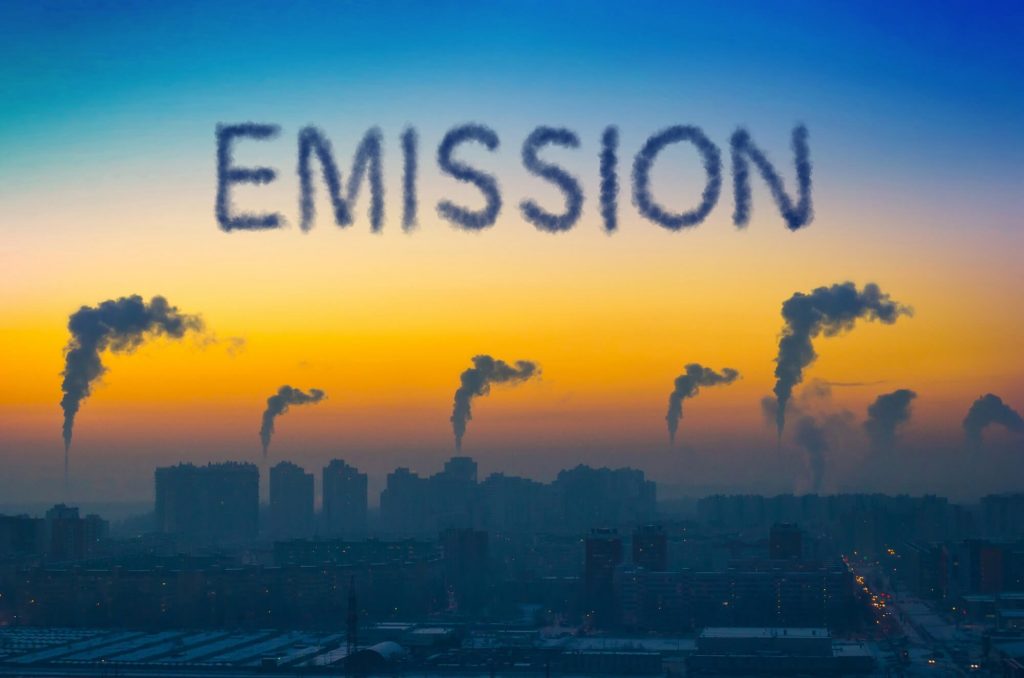Resources > Our Business
What are Scope 1, 2 and 3 Emissions?

Scope 1, 2, and 3 emissions are categorizations used to describe greenhouse gas (GHG) emissions generated by an organization and its wider value chain. Associated with a company’s Corporate Carbon Footprint (CCF), Scope 1, 2, and 3 emissions are typically calculated using the GHG Protocol, a widely recognized accounting and reporting standard developed by the World Resources Institute (WRI) and the World Business Council for Sustainable Development (WBCSD).
The purpose of categorizing emissions into three groups is to facilitate tracking progress in achieving substantial reductions, with the ultimate goal of limiting global temperature increases to below 2°C, as mandated by the Paris Agreement.
Scope 1 emissions
Also known as direct emissions, they are calculated by quantifying the amounts of each GHG (e.g. carbon dioxide, methane, etc.) released directly from sources owned or controlled by the organization. This is done by measuring fuel consumption and/or using emission factors, which are conversion factors that convert fuel consumption into GHG emissions.
Scope 2 emissions
These emissions, also widely known as indirect emissions, are calculated by quantifying the amount of electricity, heating, or cooling consumed by the organization and then multiplying that by the GHG intensity of the grid or supplier, which is typically expressed as the emissions per unit of energy consumed.

Scope 3 emissions
This category also falls into the indirect emissions and is calculated by quantifying emissions from all other sources in the value chain that are not included in Scope 1 or 2. This includes emissions from upstream suppliers, waste disposal, and employee commuting, among others. These emissions can be estimated using a combination of survey data, industry benchmarks, and/or emissions factors.



